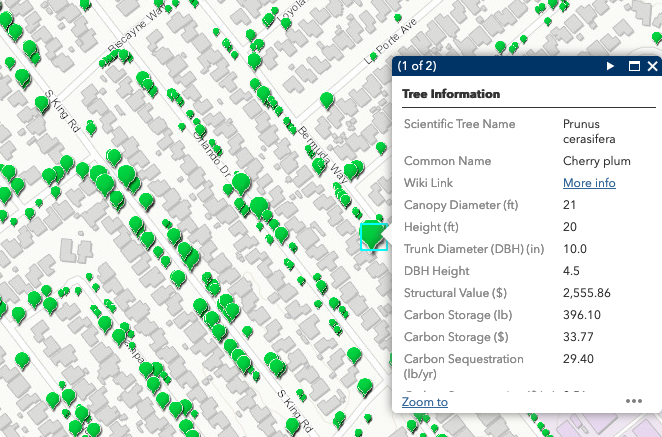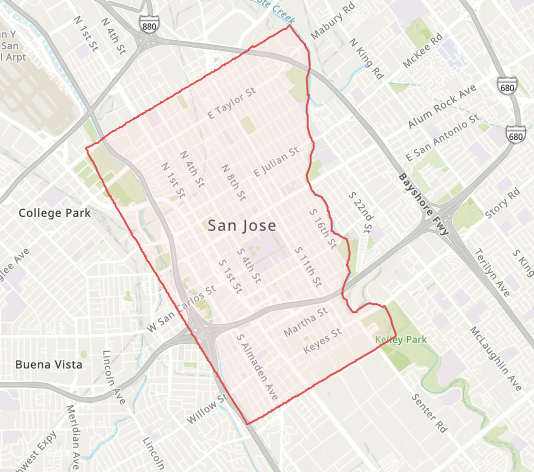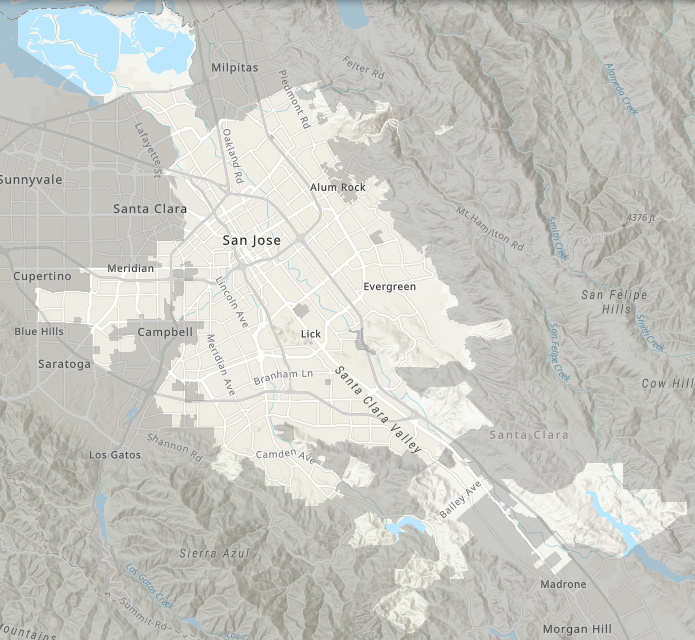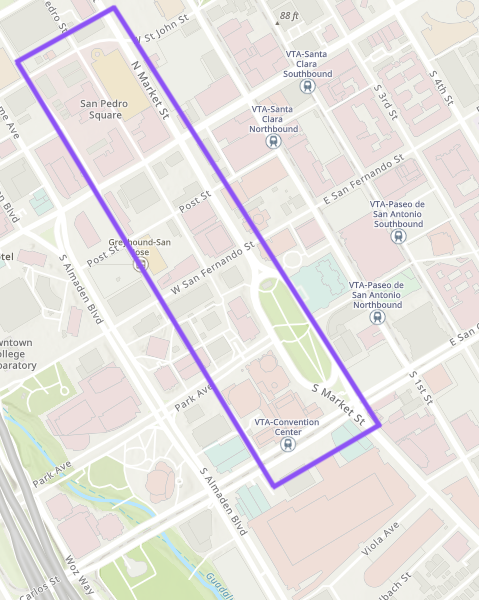The Ohlone people were the Native Americans here before the colonizers. They consisted of approximately 40 groups of people, each with their own territory and chief, speaking approximately 12 different languages. They did not refer to themselves as one group or as the Ohlone. That name was given to them later to describe this group of tribes that had similar cultural and linguistic roots inhabiting the land encircling the San Francisco Bay, south through San José, and continuing to Point Sur, south of Monterey.
There were approximately 10,000 Ohlone people when the Spaniards arrived. The Ohlone group in what is now San Jose were the Thamien (sometimes known as Tamien or Tamyen).
Source: The Ohlone Way, book by Malcom Margolin, 1978, pages 1 to 3.





